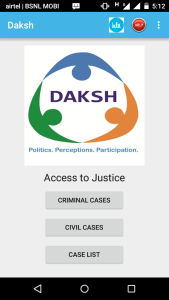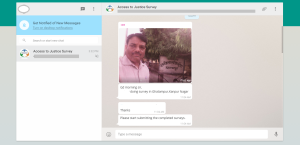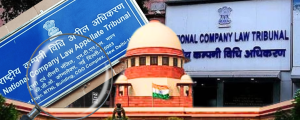

Of Surveys and Selfies
For the last year, our work at DAKSH has been data, data and some more data to do with the judiciary and its performance. We verify the data, we analyse it, and work towards creating technologies and interfaces to enable us to dig deeper into the judicial system and understand pendency. At the heart of our work is the question, where does the litigant fit into this system?
Harish Narasappa (co-founder of DAKSH) once told me that Upendra Baxi, one of India’s most renowned legal scholars, is said to have remarked that the pathology of the litigant in India is very little understood. What troubles do litigants face when they have to travel to the court and back? How many hearings do they have to face for cases ranging from theft to murder to instances of cheques bouncing? What is the real cost of the glacial pace at which the judiciary is said to operate, for the people it stands to serve: the litigant?
We thought of many ways by which we could understand this, and along the way we came to realise that what we really wanted to know were facts: how much do litigants spend to get to court? How many days of work do they lose? What are the backgrounds of the people who spend their time looking for justice in the lower courts? What are the conditions of justice in this country for the common citizen?
As a result of many months of brainstorming, DAKSH has now begun a nation-wide survey that will address and study the experience of the common citizen in the judicial system. Called the ‘Access to Justice Survey’, and the first of its kind, this survey will map litigants’ perceptions on issues relevant to their experience within the judicial system. This survey hopes to understand the profile of litigants and the ease and access of judicial systems to them.
The Access to Justice survey will send surveyors to district courts in far flung corners of the country. We expect to have 10,000 respondents across 250 towns and cities. Between 80-100 surveyors will traverse these locations and meet respondents at different courts.
DAKSH has spent the last few months conceptualising and designing this extensive survey which uses different technologies for its purpose.
Our questionnaires have been made available in an Android-based app that enables surveyors to capture respondents’ responses. Our surveyors will use their Android phones with active Internet connections to conduct the survey.
On their visits to District-level Civil and Criminal courts, the surveyors will meet litigants — both plaintiffs and respondents — in person, and record the responses of respondents on the app. The app is enabled with a geo-tagging mechanism that helps us keep a note of the different locations covered by the surveyors.
Our survey has now begun in earnest, across different parts of South India, some parts of Maharashtra, near Delhi and Uttar Pradesh. In the following months, our surveyors will have travelled from Adilabad to Aurangabad, Bastar to Surat. And from each of these courts, our surveyors send us a selfie on a Whatsapp group that we now use for questions, queries and doubts that the surveyors may face.
Just yesterday, I woke up, switched on my mobile internet, to find a selfie of a man on WhatsApp — from Ghatampur, Kanpur Nagar in Uttar Pradesh, taken in front of an Upajilla Magistrate Court. Later in the day, another selfie from the Civil Court at Khurja, Bulandshahar, also in Uttar Pradesh. This process is already helping us learn a lot about the country and it’s dense web of institutions and we are looking quite forward to get #selfieswithcourts to be all the rage in the coming months!
The views expressed in this article are solely those of the author’s and they do not represent the views of DAKSH.
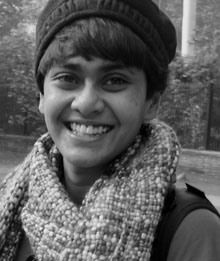
Kavya Murthy
RECENT ARTICLES

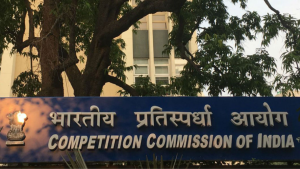
Testing the Waters: Pre-Implementation Evaluation of the 2024 CCI Combination Regulations

Not Quite Rocket Science
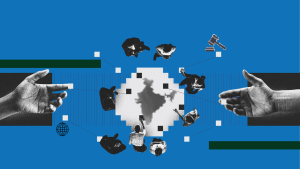
Administration of justice needs an Aspirational Gatishakti

-
Rule of Law ProjectRule of Law Project
-
Access to Justice SurveyAccess to Justice Survey
-
BlogBlog
-
Contact UsContact Us
-
Statistics and ReportsStatistics and Reports
© 2021 DAKSH India. All rights reserved
Powered by Oy Media Solutions
Designed by GGWP Design
